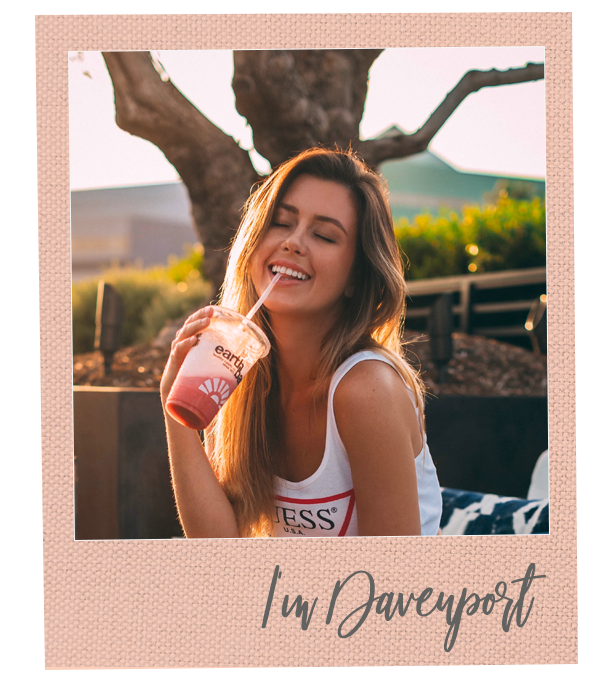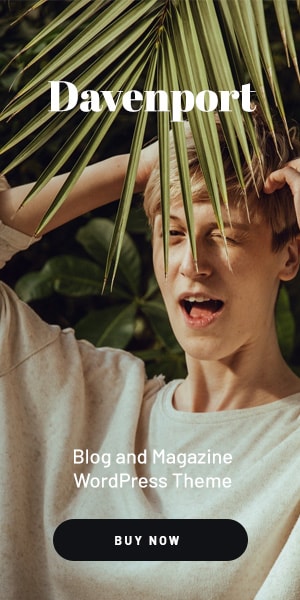Introduction: Why the Sleeve Still Matters in the Streaming Age
Scroll through any streaming app today, and you will see rows of album covers shrunk to postage-stamp thumbnails. It is tempting to believe that visual branding has lost its power now that playlists rule and listeners rarely hold a physical record in their hands. Yet survey after survey shows that fans still associate an unforgettable image with a transcendent listening experience—and that connection directly influences how critics and award panels shortlist an Album of the Year (AOTY) contender. In other words, a sleeve that catches the eye remains a vital piece of the storytelling puzzle. Far from being obsolete, great cover art now must do double duty: seduce the casual scroller at 300 pixels wide and satisfy the vinyl-buying superfan who wants a frame-worthy statement piece. Understanding that tension is the first step toward designing a cover that screams “AOTY material.”
Table of Contents
From Brown Paper Bags to Immersive Canvases: A Brief History of AOTY-Level Branding
Album packaging has traveled a long road since Columbia Records’ first paper-and-pasteboard sleeves in the 1940s. The psychedelic explosions of the late 1960s turned covers into gallery-scale artworks; the punk movement of the 1970s weaponized cheap photocopies into anti-establishment manifestos; the eighties introduced high-gloss photography and neon typography; and the CD era shrank everything down to jewel-case booklets, which in turn trained designers to think modularly. Each technological shift changed how artists aimed for AOTY buzz. What remained constant was the understanding that a memorable image can telescope a record’s concept in a single glance. Fleetwood Mac’s Rumours used stark negative space to hint at interpersonal drama. Kendrick Lamar’s To Pimp a Butterfly employed a Black-and-white White House takeover photo to telegraph sociopolitical ambition. Every era’s winning formula looked different, but the guiding principle—image as thesis statement—never wavered.
The Six Visual Elements That Signal “This Could Win AOTY”
- Concept Clarity – The cover must distill the album’s core theme into a symbol or scene the audience can decode intuitively. Ambiguous art may intrigue niche listeners, but AOTY judges usually reward clarity with depth.
- Typography That Talks – Fonts carry emotional weight. Serif suggests classicism; grotesque sans-serif screams modernist boldness; hand-drawn letters feel intimate. Pair typefaces with the record’s sonic palette so the eye “hears” the vibe before the ear does.
- Color Psychology – Warm palettes often promise catharsis and soul, while cooler tones can suggest introspection or futurism. Think of Tyler, The Creator’s pastel pink IGOR cover versus Radiohead’s frigid, glitchy Kid A.
- Narrative Layers – Easter eggs reward repeat engagement. Hidden details that reveal themselves on a poster-sized reprint encourage critic deep dives and Reddit dissections—both engines of AOTY momentum.
- Format Flexibility – The design must scale: it should read clearly as a Spotify square, a YouTube video banner, and a gatefold LP without losing typographic legibility or compositional balance.
- Artist–Designer Synergy – Albums with AOTY stature often emerge from partnerships where musicians treat designers like co-authors, not contractors. When visuals grow in tandem with the tracklist, authenticity radiates outward.
Case Studies: How Iconic Covers Helped Seal the AOTY Trophy
- Billie Eilish – When We All Fall Asleep, Where Do We Go? (2020 Grammys)
- The unsettling image of Eilish white-eyed on a hospital bed stage captured the record’s dreamy horror aesthetic. Its meme-ready framing made it omnipresent on social media, amplifying campaign momentum.
- Daft Punk – Random Access Memories (2014 Grammys)
- A minimalist helmet split into chrome and gold reflected the duo’s analog-meets-digital concept. By avoiding busy graphics, it projected timeless elegance that resonated with traditional Grammy voters.
- Taylor Swift – Folklore (2021 Grammys)
- The monochrome woodland photograph, shot on medium-format film, reinforced the album’s retreat into indie-folk storytelling. Fans reported buying multiple vinyl variants solely for alternate cover shots—a merch-driven hype loop that kept “AOTY” trending.
- Each cover did more than look attractive; it extended the music’s mythology into the visual realm, creating an immersive brand identity that critics could not ignore when ballots arrived.

From Digital Thumbnail to Physical Collectible: Designing for Multiplatform Longevity
Streaming dominance has turned first impressions into flash decisions. Designers now start by mocking up a squared-off 1200-pixel asset that pops against the monochrome UI of Spotify or Apple Music. But longevity requires planning for tangibility. Limited-edition vinyl, cassette, or even NFT drops can convert casual listeners into collectors willing to pay premium prices. Consider sizing text so it stays crisp on a two-inch “Now Playing” widget but also leaves breathing room for a handwritten lyric insert on a twelve-inch sleeve. Add spot-gloss, embossing, or lenticular effects to deluxe versions; these tactile upgrades encourage unboxing videos, which in turn feed the algorithmic spiral of AOTY discourse. The best art directors storyboard the entire pipeline—from press-release JPEG to Record Store Day picture disc—ensuring cohesive branding at every touchpoint.
The Collaboration Equation: Musicians, Designers, and the Power of a Unified Moodboard
Behind every standout AOTY package sits a trust-based workflow. Musicians articulate sonic moods, lyric narratives, and personal iconography; designers translate those intangibles into form, color, and hierarchy. Early alignment sessions often resemble film pre-production: mood boards, palette tests, typographic studies, and 3D mock-ups in AR to see how a billboard might look on Sunset Boulevard. Successful teams iterate quickly, killing darlings without ego because they share a north-star question: “Does this visual add another chorus to the song?” Brian Roettinger’s collaborations with Beyoncé, for example, show how dissolving departmental silos lets branding evolve organically as the track sequence solidifies. When audio masters are still bouncing, a designer might already be prototyping merch silhouettes or social-media motion loops. The outcome is a launch day that feels like a 360-degree art installation—exactly the sort of holistic vision that screams AOTY.
Conclusion: Treat the Cover as the First Track
Music awards are notoriously subjective, but history proves that a compelling visual identity can tip the scales. Not because a pretty picture buys votes but because it crystallizes the album’s essence in a way that becomes easy to champion. In a crowded release calendar, you often get only one chance to plant the idea of “AOTY” in a critic’s mind. Let the cover art function as the opening chord—clear, resonant, and impossible to forget. When listeners finally drop the needle or press play, they should already feel they have stepped into a world meticulously crafted from corner to corner. Do that, and your odds of hearing “Album of the Year” attached to your project rise dramatically.
FAQs
1. Does cover art really influence whether an album gets nominated for AOTY?
Yes. While the voting body evaluates music first, industry interviews reveal that striking visuals keep an album top-of-mind during the multi-round nomination process. Memorable branding aids recall, which is crucial when hundreds of records compete for limited ballot slots.
2. How early should artists involve a designer if they are aiming for AOTY?
Ideally, at the demo stage. When designers hear rough mixes and lyric themes early, they can develop imagery that grows in parallel with the music, resulting in a seamless aesthetic rather than a retrofitted wrapper.
3. What budget range is typical for AOTY-quality cover art and packaging?
Costs vary wildly—from a few thousand dollars for an emerging artist working with a freelance illustrator to six-figure sums for major-label campaigns involving photo shoots, custom typography, and multiple packaging formats. The key is strategic investment: spend where the visual story most needs to shine.
4. Can a minimalist cover still convey enough narrative depth for AOTY consideration?
Absolutely. Minimalism works when negative space functions as a narrative device. Think of The Beatles’ White Album or Kanye West’s Yeezus clear-case release. In both cases, sparseness invited discourse and fit the albums’ broader artistic statements.
5. How can independent artists maximize impact without a huge design budget?
Leverage collaborative networks—art school students, local photographers, or open-source type foundries. Focus on one standout idea rather than a multitude of expensive gimmicks. A compelling concept executed cleanly can punch far above its financial weight in the AOTY conversation.



